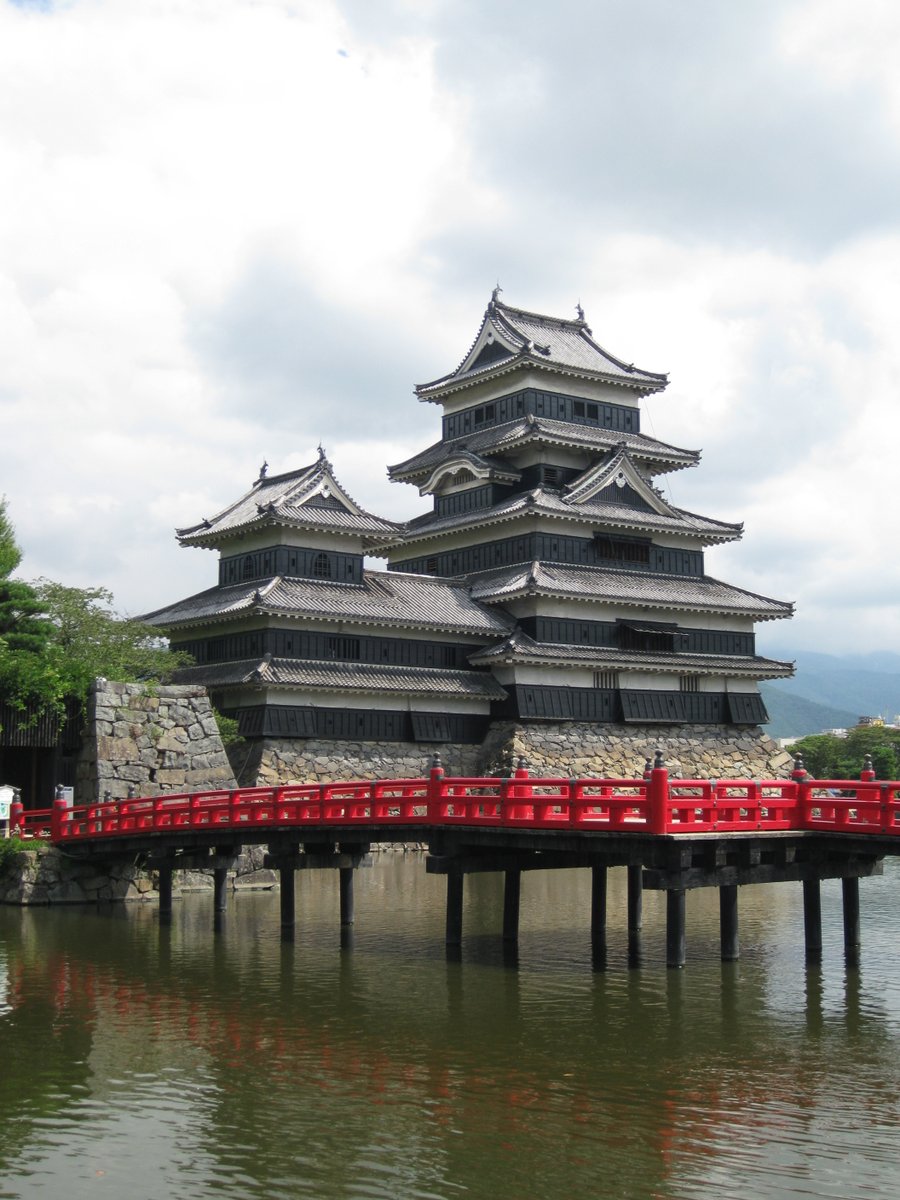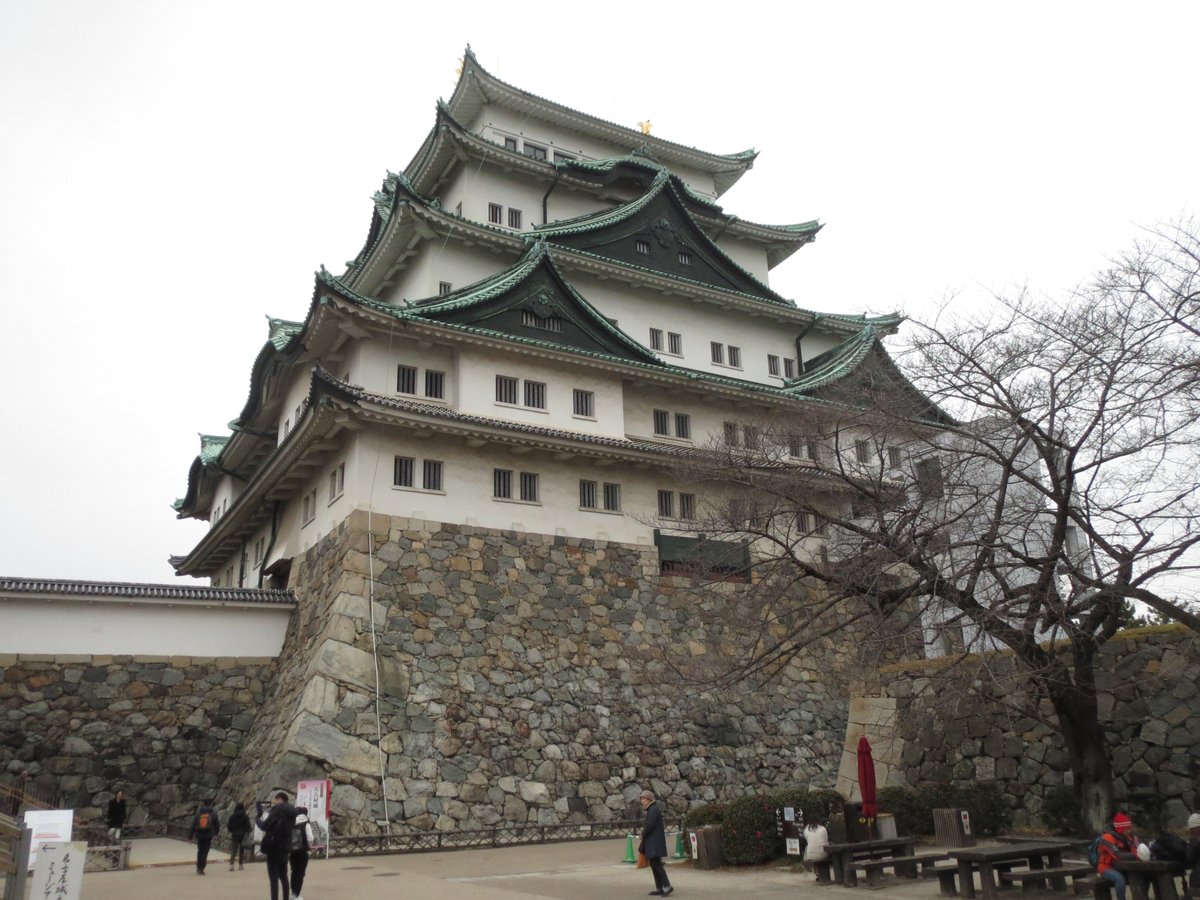A thread: There has recently been quite a bit of discussion about the CNN story covering about Ozu Castle in Japan charging $10,000 per night for people to stay in its keep as part of efforts to regenerate the town. 1/19 https://edition.cnn.com/travel/article/ozu-castle-town-urban-regeneration/index.html">https://edition.cnn.com/travel/ar...
The keep was rebuilt from wood in 2004, having been demolished in 1888 as a "feudal relic", along with hundreds of other castle structures across Japan. Since the 1990s, there has been a surge in wooden castle reconstructions around the country (pic at Kakegawa Castle) 2/19
Many of the reconstructions are of structures demolished or lost in the 19th century (pic of Kanazawa Castle), but many others involve plans to replace concrete castles built during the postwar castle construction boom of the 1950s and 1960s. 3/19
It is interesting to look at the debates from that period and today, also in light of the $10,000-per-night offering at Ozu. The following is an excerpt from page 246 of our book, discussing the situation at Hiroshima Castle (pic) and beyond 60 years ago: 4/19
"...the accusations that [the reconstructed Hiroshima C]astle was an embodiment of prewar values were not unfounded. Furthermore, progressives beyond Hiroshima criticized the entire castle boom as a colossal waste of money and, worse still, a danger to democracy." 5/19
"In November 1959, newspapers across Japan reported
a scandal involving a moon-viewing party held at the newly restored Matsumoto Castle (pic). The mayor hosted about thirty local dignitaries at the keep, & #39;all attired in the feudal costume of three centuries ago . . ." 6/19
a scandal involving a moon-viewing party held at the newly restored Matsumoto Castle (pic). The mayor hosted about thirty local dignitaries at the keep, & #39;all attired in the feudal costume of three centuries ago . . ." 6/19
"[They were] served a magnificent repast by candlelight& #39; and attended to by & #39;female city employees dressed as court maids.& #39; Smoking, drinking, and rowdy behavior followed. Unexpectedly, a storm of protest ensued." 7/19
"The municipal employees’ union was particularly & #39;outraged by the treatment of the female employees,& #39; and condemnations poured in from Diet members, local civic groups, and women’s organizations. The prefecture’s Cultural Properties Committee condemned the mayor’s
behavior," 8/19
behavior," 8/19
"and moved to remove the castle from municipal control. Referring to the castle reconstruction boom, The Times of London reported on the affair that the Japanese & #39;might have a sentimental attachment to feudal castles . . . but they are not prepared to countenance such" 9/19
"undemocratic attempts to resurrect a feudal past within their walls.& #39; Not all Japanese were feeling sentimental, however. Yamamoto Matsuyo (1909–1999), the head of the Agriculture Ministry’s Life Improvement Division and a campaigner for the rural poor," 11/19
"wrote a scathing critique of the staggering costs of rebuilding castles, & #39;in excess of hundreds of millions of yen,& #39; mostly & #39;collected from poor Japanese.& #39; A few castles might have architectural and other value, especially for
foreign tourists, Yamamoto wrote," 12/19
foreign tourists, Yamamoto wrote," 12/19
"but & #39;while one or two of them would be considered rare and interesting specimens, having so many castles makes them more boring than Mount Fuji or geisha girls.& #39; Worse still, continued Yamamoto, castles are mostly filled with & #39;references to feudal lords& #39; and nostalgia" 13/19
"for the Edo era, & #39;which make them appear as repugnant
feudal bastions. It makes one wonder what the point is of these reconstructions . . . it might lead people to the mistaken belief that Japan still longs for feudalism and [thus] it is reconstructing" 14/19
feudal bastions. It makes one wonder what the point is of these reconstructions . . . it might lead people to the mistaken belief that Japan still longs for feudalism and [thus] it is reconstructing" 14/19
"symbols of authoritarianism.& #39; Yamamoto put forward Brazil as a counterexample, & #39;building a new city of Brasilia, which is intended to realize the dreams of tomorrow.& #39; Wouldn’t it be better, she argued, if Japanese could extend their talents to construct similar" 15/19
"& #39;buildings of tomorrow [?] . . . Instead of these feudal bastions, should we not proudly display to the world the
future form of democratic Japan?& #39;" 16/19
future form of democratic Japan?& #39;" 16/19
While some of the issues are less charged, the current heated debates over the demolition and wooden reconstruction of the concrete Nagoya Castle keep (pic) echo many of the concerns from six decades ago. The Ozu offer, in spite of its seeming decadence, 17/19
differs from the Matsumoto moon-viewing affair in that it is intended to raise funds for the city. In this way, Ozu& #39;s action reflects more than a century of attempts by rural towns to seek funds and recognition through their castles. 18/19
I& #39;m watching the current Heisei/Reiwa castle boom in Japan with great interest, and hope to be able to treat it historically someday. 19/19 https://www.cambridge.org/gb/academic/subjects/history/east-asian-history/japans-castles-citadels-modernity-war-and-peace?format=PB">https://www.cambridge.org/gb/academ...

 Read on Twitter
Read on Twitter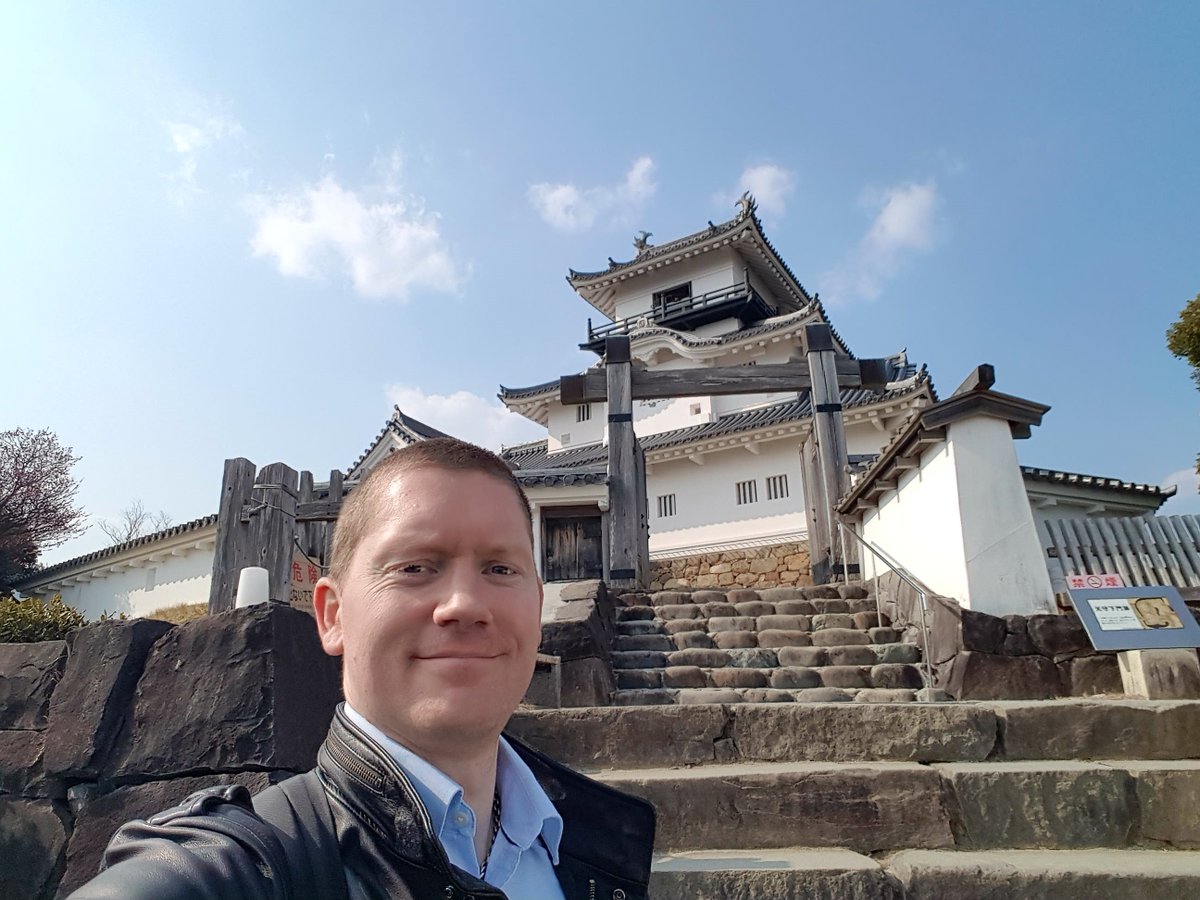
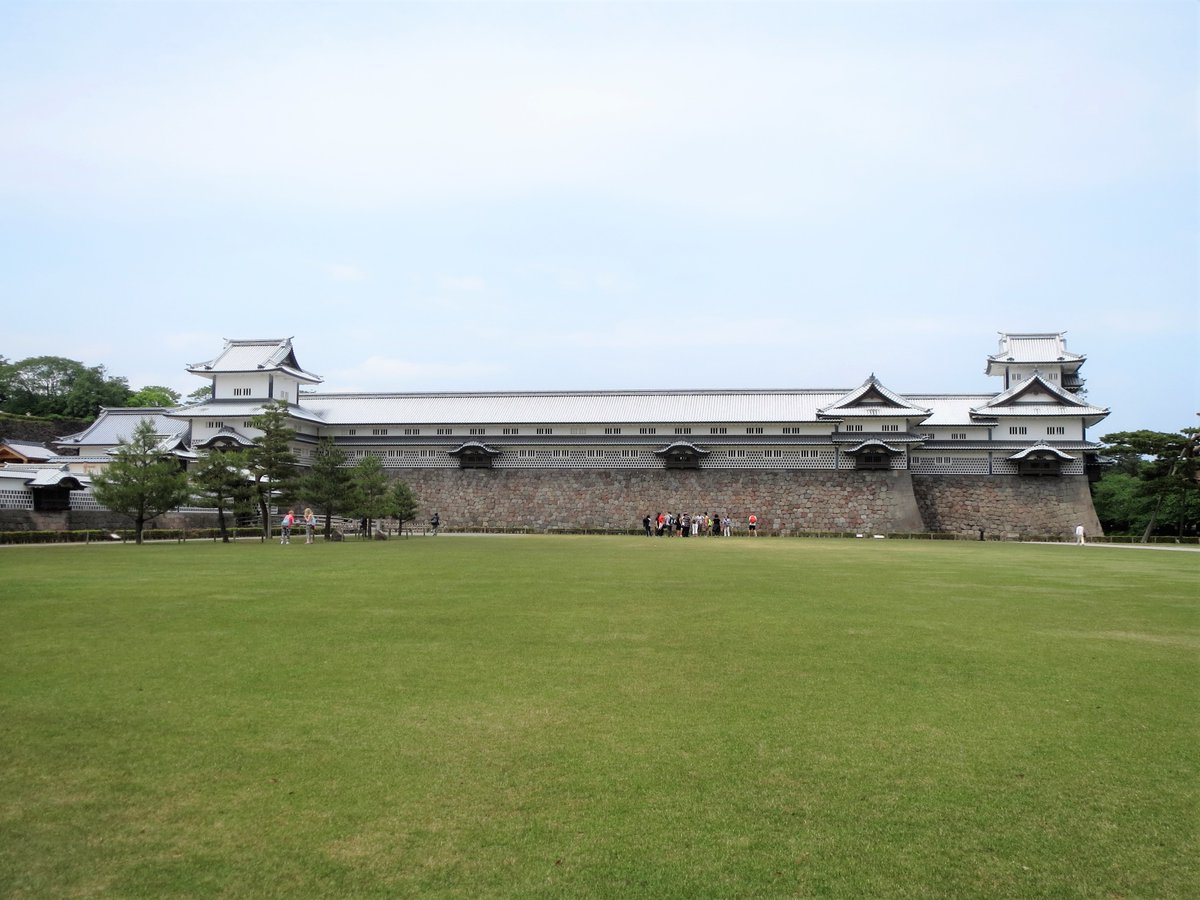
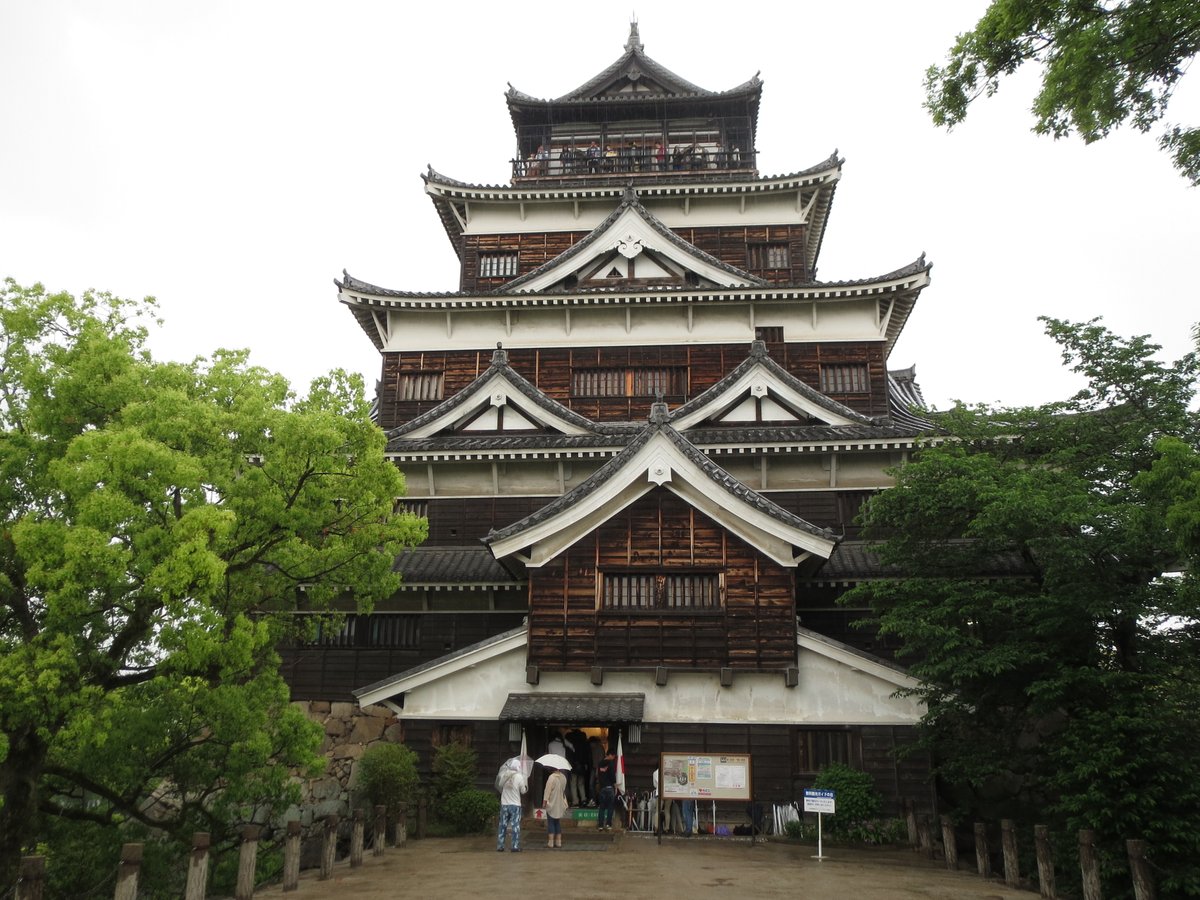
!["...the accusations that [the reconstructed Hiroshima C]astle was an embodiment of prewar values were not unfounded. Furthermore, progressives beyond Hiroshima criticized the entire castle boom as a colossal waste of money and, worse still, a danger to democracy." 5/19 "...the accusations that [the reconstructed Hiroshima C]astle was an embodiment of prewar values were not unfounded. Furthermore, progressives beyond Hiroshima criticized the entire castle boom as a colossal waste of money and, worse still, a danger to democracy." 5/19](https://pbs.twimg.com/media/EfYJDyoWoAwMts6.png)
